WHAT CAPABILITIES MAKE A 6TH GENERATION FIGHTER?
- By Alex Hollings
Share This Article
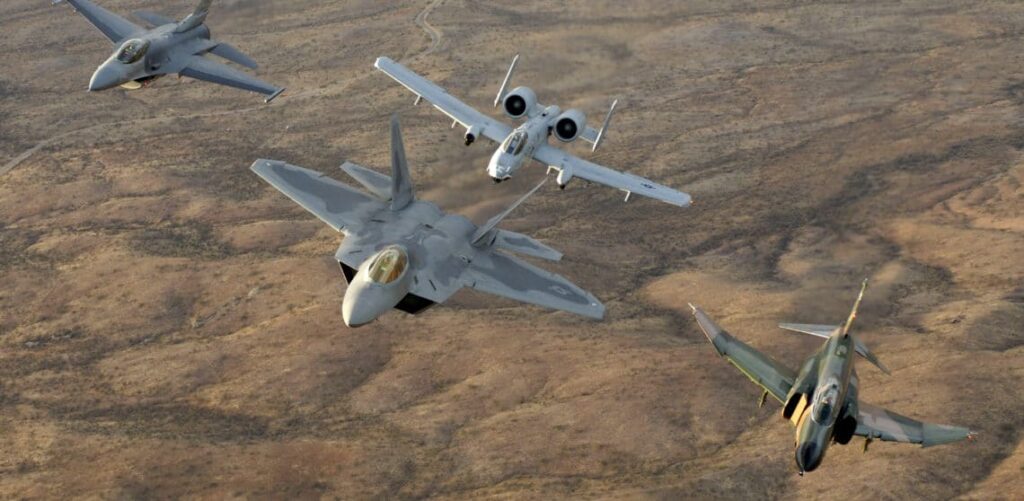
In recent months, just about every headline associated with a new fighter platform has been accompanied by the phrase “6th generation” or 6th gen, suggesting that whatever platform comes next will be the first of this new generation of fighters. The truth, however, is that fighter generations aren’t official labels, but rather industry terms commonly associated with significant leaps in aircraft capabilities. The definition of 5th generation fighters, as a good example, has varied over time — and as such, it’s important to remember that simply being new isn’t the same as being a new generation.
In order to understand what a 6th generation fighter will have to bring to the table, we first need to understand what the criteria make for a 5th generation platform.
A historical snapshot of generational designations

In 2005, the United States became the first nation on earth to field an operational 5th generation fighter in the Lockheed Martin F-22 Raptor. When you look at the F-22 compared to its 4th generation predecessors, the aircraft clearly stands out… but what exactly made it the first of a new generation, rather than a more advanced approach to the existing generation of fighters?
Generational designations often (or at least used to) come from within the aviation community itself. Each generation comes with a somewhat subjective list of capabilities that may have existed in some particular aircraft before, but become requirements across the board for fighters of the next generation.
Fighter generations are fairly subjective, so here’s how the Air Force broke down what new capabilities prompted a new generational designation:
- 1st Generation: Jet propulsion
- 2nd Generation: Swept wings, range-finding radar, and infrared-guided missiles
- 3rd Generation: Supersonic flight, pulse radar, and missiles that can engage opponents from beyond visual range
- 4th Generation and beyond: High levels of agility, some degree of sensor fusion, pulse-doppler radar, reduced radar signature, fly-by-wire, look down/shoot down missiles, and more.

Because new 4th generation fighters are still being produced, it is perhaps the muddiest of all fighter generations. As a result, 4th generation fighters are often further broken down into sub-generations such as 4, 4+, and 4++. These more advanced 4th generation platforms often boast some 5th generation capabilities, but not all.
In the case of the first 5th generation fighter, the F-22 Raptor, the most important thing differentiating it from its 4th generation counterparts was how stealth was an intrinsic part of the aircraft’s design. Rather than first designing a fighter for aerodynamics and performance and then seeking ways to reduce radar signature, F-22 development prioritized stealth from day one.
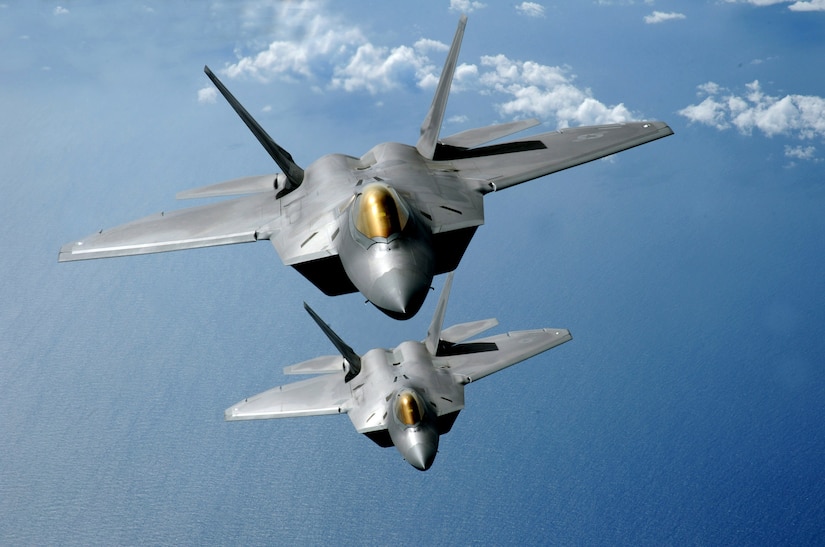
Of course, that wasn’t all that made the F-22 special, and although it was, in fact, the first actual stealth fighter on the planet, it also possessed several other essential 5th generation attributes. The F-22 came with highly integrated computer systems capable of communicating with other networked assets. It is a high-performance airframe capable of serving in a multi-role capacity. As a result, it maintains a higher degree of situational awareness than can be found in older platforms.
The F-22 also brought with it super-cruising capabilities — which means being able to sustain supersonic speeds without the use of its afterburner. For an intercept fighter like the F-22, the ability to super-cruise means being able to close with enemy aircraft at extremely high speeds while still saving enough fuel for the fight once they arrive. Conversely, the Air Force’s workhorse 4th generation multi-role fighter, the F-16 Fighting Falcon, will burn through all the fuel it has onboard within a matter of minutes with its afterburner ignited.
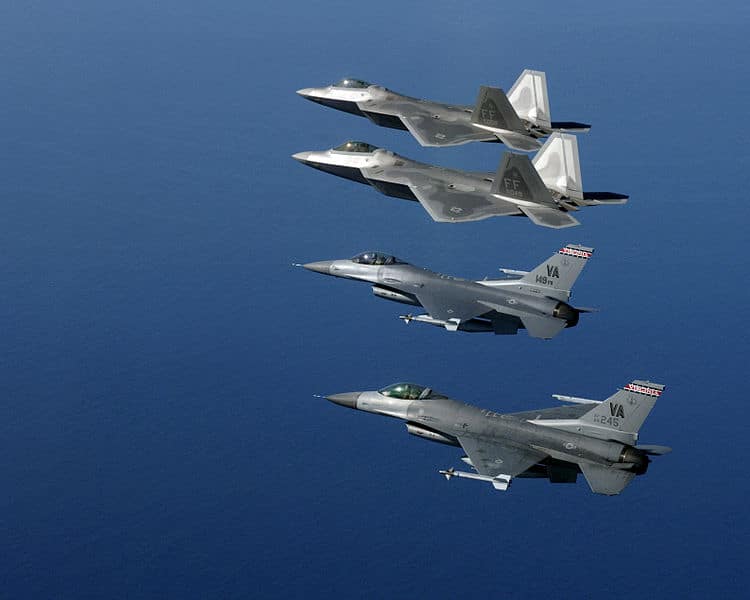
As a result, for some time, super-cruise capabilities were considered a part of what makes a 5th generation fighter a part of the 5th generation… That is until no other 5th generation fighter made it into the skies with that capability. Today, only the F-22 offers super-cruise capabilities within its generation, and as such, it’s become a valuable trait, but not a part of the generational distinction.
Today, there are four operational 5th generation fighter platforms in the world: America’s F-22 and F-35, China’s J-20, and Russia’s Su-57, flying alongside more than 25 different 4th generation platforms. Here’s a rundown of what, exactly, sets these four highly capable fighters apart from even the most modern and advanced 4th generation platforms like the F-15EX.
- Stealth
- A high degree of maneuverability
- Advanced avionics systems
- Multi-role capabilities
- Network or data fusion capabilities

While some still debate the finer points of what’s required of a 5th generation fighter, these traits are commonly accepted. Some of these capabilities were present on 4th generation aircraft, but each must be present in a 5th generation platform. This begs the question then… what are the criteria for a 6th generation fighter, when 5th generation platforms are still so rare?
6th Generation fighters can be anything you want them to be…

Clearly, simply being a new design isn’t sufficient to establish an entirely new generation of fighters, despite how frequently people seem to suggest it. In order to be the first aircraft in a new generation, the fighter itself needs to stand head and shoulders above its predecessors in terms of technological integration and operational capabilities.
Because 4th generation fighters are now often broken down into at least three sub-generations (4, 4+, and 4++), it stands to some reason that 5th generation fighters would also follow suit. 4th generation fighters were being designed and built from roughly 1975 to 2005 — whereas 5th generation platforms have only been operational for about a third of that. There could be an argument made to suggest that, unless a new fighter marks a significant departure from 5th generation capabilities, it would really belong in the 5th generation category, or perhaps designated as the first of a 5+ generation.
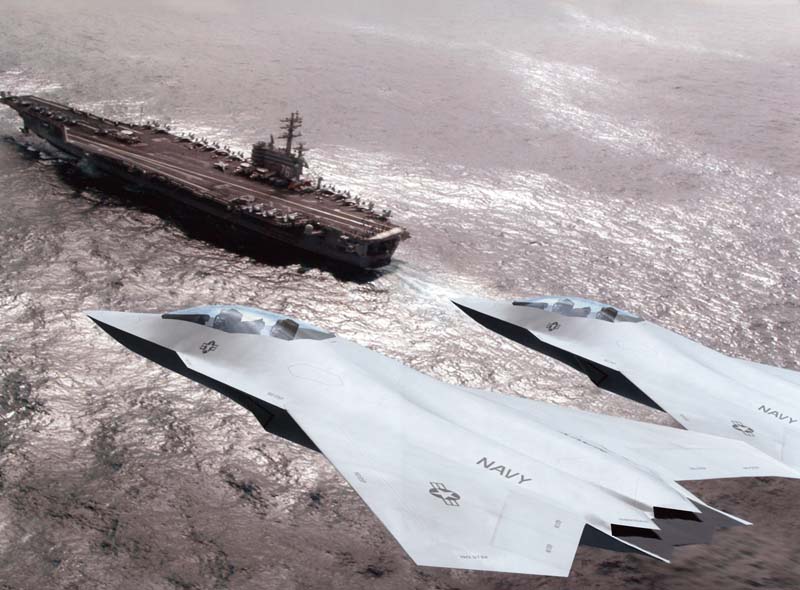
That means a new fighter like those in development under American, Chinese, and Russian banners, would need to do more than be stealthy, maneuverable, multi-role platforms with advanced avionics and data fusion capabilities. Simply offering these capabilities and then adding something new hardly justifies establishing an entirely new generation of fighters. Of course, because what we’re debating here is subjective nomenclature, this argument can be dismissed simply through the use of the phrase “6th generation” to describe new fighters. If that feels nonsensical, it’s because, to a certain degree, it is. Just like saying “literally” when you mean figuratively — words are ultimately defined by use, rather than their original intended purpose.
But let’s dismiss the idea that a fighter can be 6th generation simply because people say so, and instead try to focus on what capabilities would actually demonstrate such a significant improvement over 5th generation jets that the title is truly warranted. Doing so is certainly a challenge, as 5th generation fighters are among the most advanced aircraft on the planet, and often leverage state of the art technology… So looking forward a generation is, to be honest, a bit like delving into science fiction.
Potential capabilities for 6th generation fighters
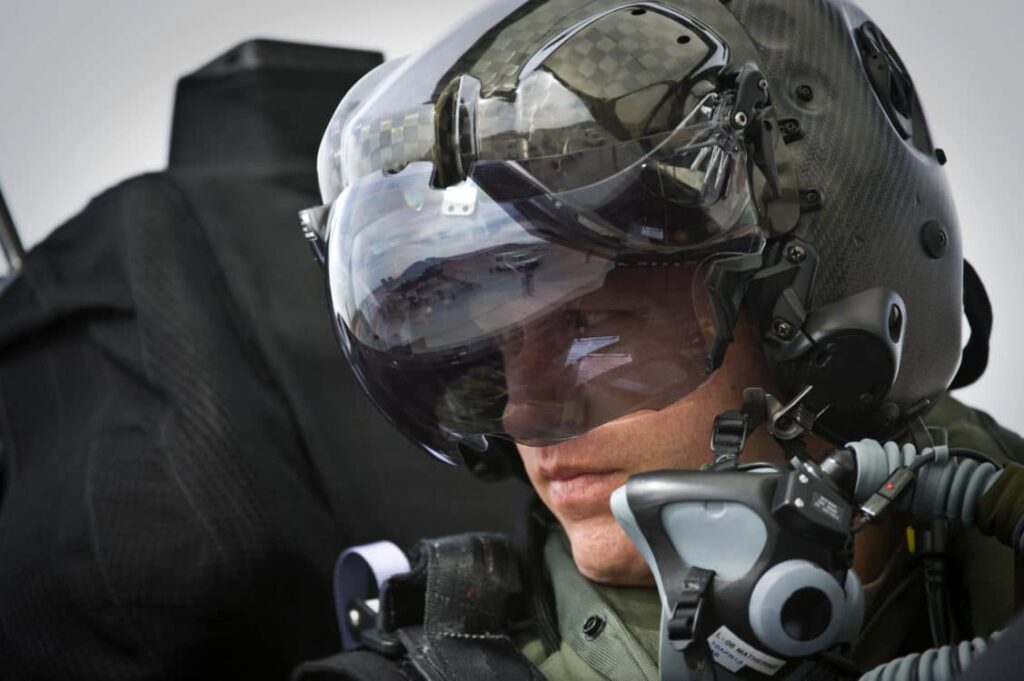
While generational distinctions can be wholly subjective and it’s hard to make concrete assertions about technology that is very literally still being developed, there are some technological advances many have come to expect out of a fighter that would earn the 6th generation distinction.
Just like the differentiation between 4th and 5th generation fighters, some of these capabilities can be found on existing platforms. Still, in order to truly be a 6th generation fighter, most, if not all, of these attributes will likely have to be present. However, it pays to remember that while the F-22 served as the world’s first fighter of its ilk, not all of its capabilities have to be matched by competitors to qualify.
Modular Design
The U.S. Navy’s F/A-18 Hornet first entered service in the early 1980s, and by 1999 a significant upgrade was required to keep up with the times. The Block II Super Hornet is a different aircraft than its Hornet predecessor in a number of ways, and that can be largely attributed to the aircraft’s inability to be updated in a piecemeal fashion. Today, work is underway on a Block III Super Hornet which will offer a similar jump in capability, but again, at a fairly high cost due to the difficulty of adding new technology to a dated platform.

6th generation fighters, on the other hand, are expected to utilize modular designs to some degree — meaning the aircraft itself will be designed to allow for components to be removed and easily replaced with better ones. This will not only increase the lifespan of each aircraft; it will allow for the rapid deployment of more advanced sensors, avionics, and weapons systems than ever before.
Optionally Manned
Today, drones play a vital role in America’s approach to warfare, but for the most part, these drones conduct fairly simple operations like airstrikes in uncontested airspace. As efforts continue to blend artificial intelligence pilots with real ones, it stands to reason that the 6th generation of fighters will be so capable on their own that they’ll be able to fly some missions without a pilot.
Of course, that isn’t because pilots are headed the way of the Dodo. Pilots will always be an essential part of air warfare (or at least for decades to come), but tasking a pilotless aircraft with monotonous or highly dangerous work can not only free up manpower, it can save lives.
Drone Swarms

In keeping with the optionally manned premise, 6th generation fighters will likely serve as a data hub that manages a swarm of drone wingmen. With programs like Boeing’s Loyal Wingman looking to develop and field drones for this distinct purpose and highly-capable but cost-effective attritbale platforms like the Kratos Valkyrie currently in testing, it seems likely that the next wave of fighters will be designed to work in concert with these unmanned platforms.
Data Fusion and Heads Up Displays
The F-35 Joint Strike Fighter is widely considered to offer the most battlefield situational awareness of any fighter platform in history. That’s largely thanks to a combination of data fusion capabilities and integrated heads up displays. The F-35 can gather information from a whole slew of airborne and ground sensors, marry their disparate feeds, and spit out a display on the pilot’s cockpit instrumentation and augmented reality helmet that makes fighting in real life a whole lot like playing a high-stakes video game.
The next generation of fighters will likely not only make this capability universal, they’ll build on these traits, creating an even more powerful “quarterback in the sky.”
A Power Surplus

Along with its competitors, the U.S. military is already beginning to field directed energy weapons, and America’s newest supercarrier, the U.S.S. Gerald R. Ford, was even designed to produce more power than it needs solely to support directed energy weapons developed in the future. Fighters of the 6th generation will almost certainly have to follow suit.
In order to support weapons that haven’t even been invented yet, 6th generation fighters will have to produce more power than they need. That way, when it comes time to swap out weapon components, the modular design will make the swap easy, and the power surplus will make them work.
Weapons with more range than ever before
Many of these predicted capabilities work in conjunction with one another to offer a jump in performance, and nowhere is that more apparent than when discussing the range in which 6th generation fighters will be able to engage the enemy. By leveraging drones as forward observers, targeting data will be relayed back to 6th generation fighters who can launch attacks against those far-off enemies using the drones “eyes” as its own.
The Marine Corps has already demonstrated the ability to relay targeting data from an F-35 to a nearby M142 HIMARS artillery rocket system, which was then able to engage the opponent on the F-35’s behalf. This capability will become increasingly commonplace in the years to come, as ground and other air assets begin to serve as magazines for stealthy, data-fusing aircraft.
And a whole lot more

6th generation fighters will be expected to operate in highly contested areas that could even make F-35 and F-22 pilots sweat, and as such, they’ll have to be highly survivable. That means leveraging stealth and electric warfare capabilities to limit engagement, and likely, leveraging technology like the Navy’s laser-induced plasma filament holograms to trick air defense systems and inbound infrared seeking missiles.
This is just one form of “integrated self-protection” that 6th generation fighters will likely carry into the fight as air defenses grow more capable and aircraft adapt to a new battlefield.
This article was originally published 10/16/2020
Related Posts
Sandboxx News Merch
-

‘AirPower’ Classic Hoodie
$46.00 – $48.00 Select options This product has multiple variants. The options may be chosen on the product page -

‘Sandboxx News’ Trucker Cap
$27.00 Select options This product has multiple variants. The options may be chosen on the product page -

‘Kinetic Diplomacy’ Bumper Sticker (White)
$8.00 Add to cart

Alex Hollings
Alex Hollings is a writer, dad, and Marine veteran.
Related to: Airpower, Military History

What do we know about China’s new ‘6th gen’ fighters?

Former Navy SEAL and pioneer combat medicine physician is awarded Presidential Citizen’s Medal
Sandboxx News
-

‘Sandboxx News’ Trucker Cap
$27.00 Select options This product has multiple variants. The options may be chosen on the product page -

‘AirPower’ Classic Hoodie
$46.00 – $48.00 Select options This product has multiple variants. The options may be chosen on the product page -

‘AirPower’ Golf Rope Hat
$31.00 Select options This product has multiple variants. The options may be chosen on the product page -

‘Sandboxx News’ Dad Hat
$27.00 Select options This product has multiple variants. The options may be chosen on the product page
